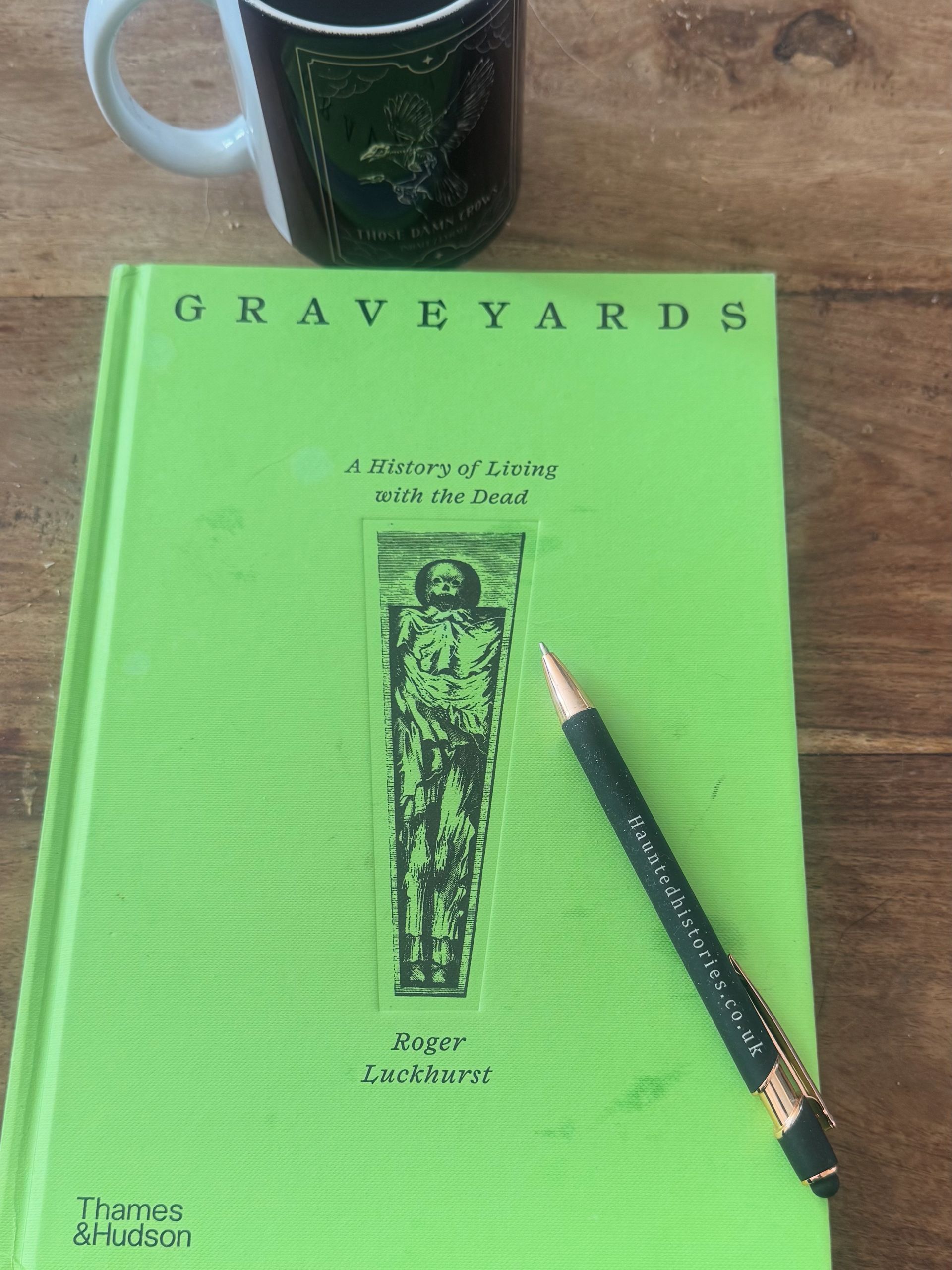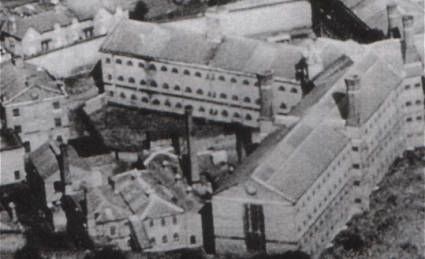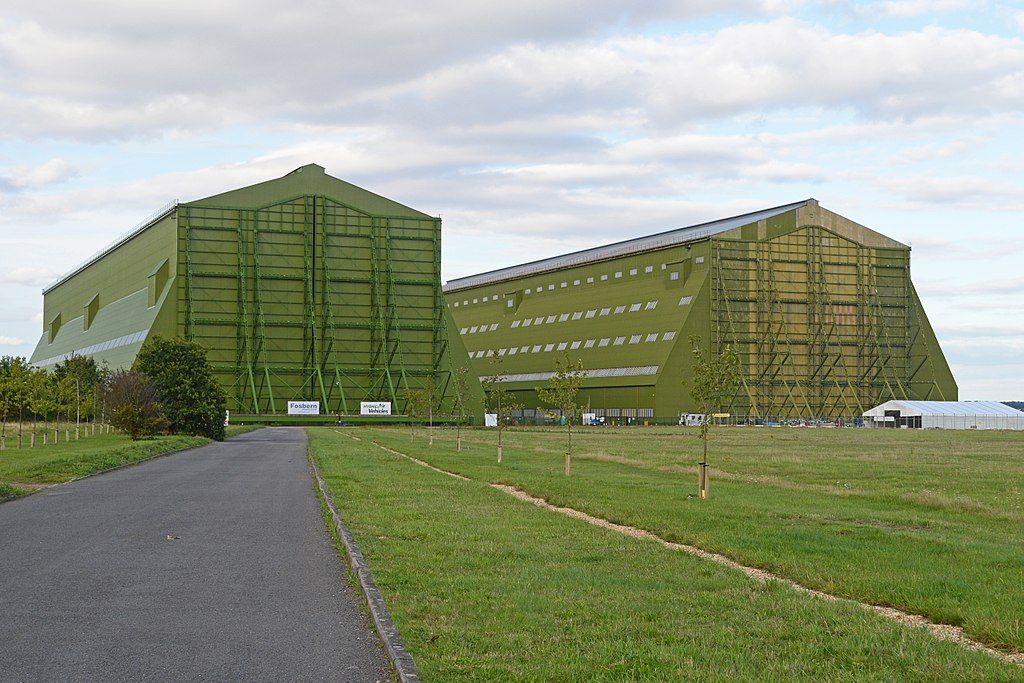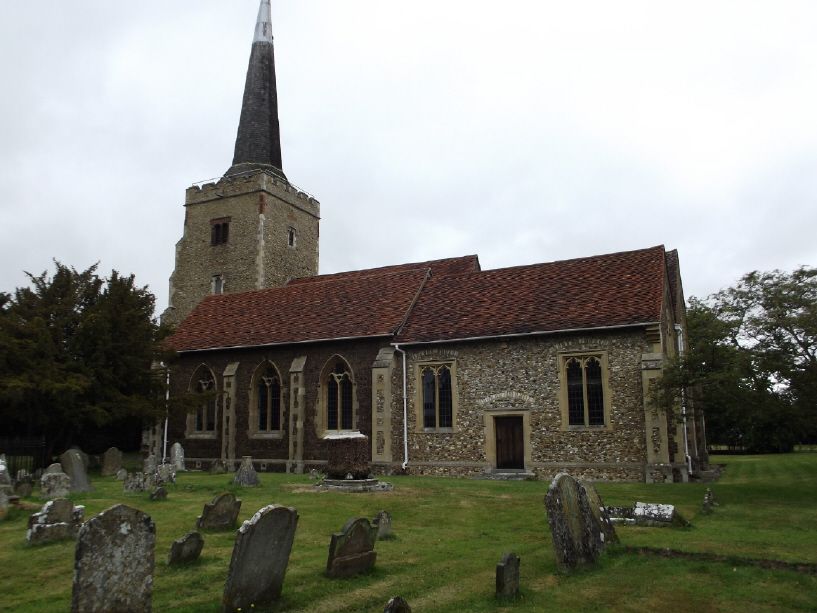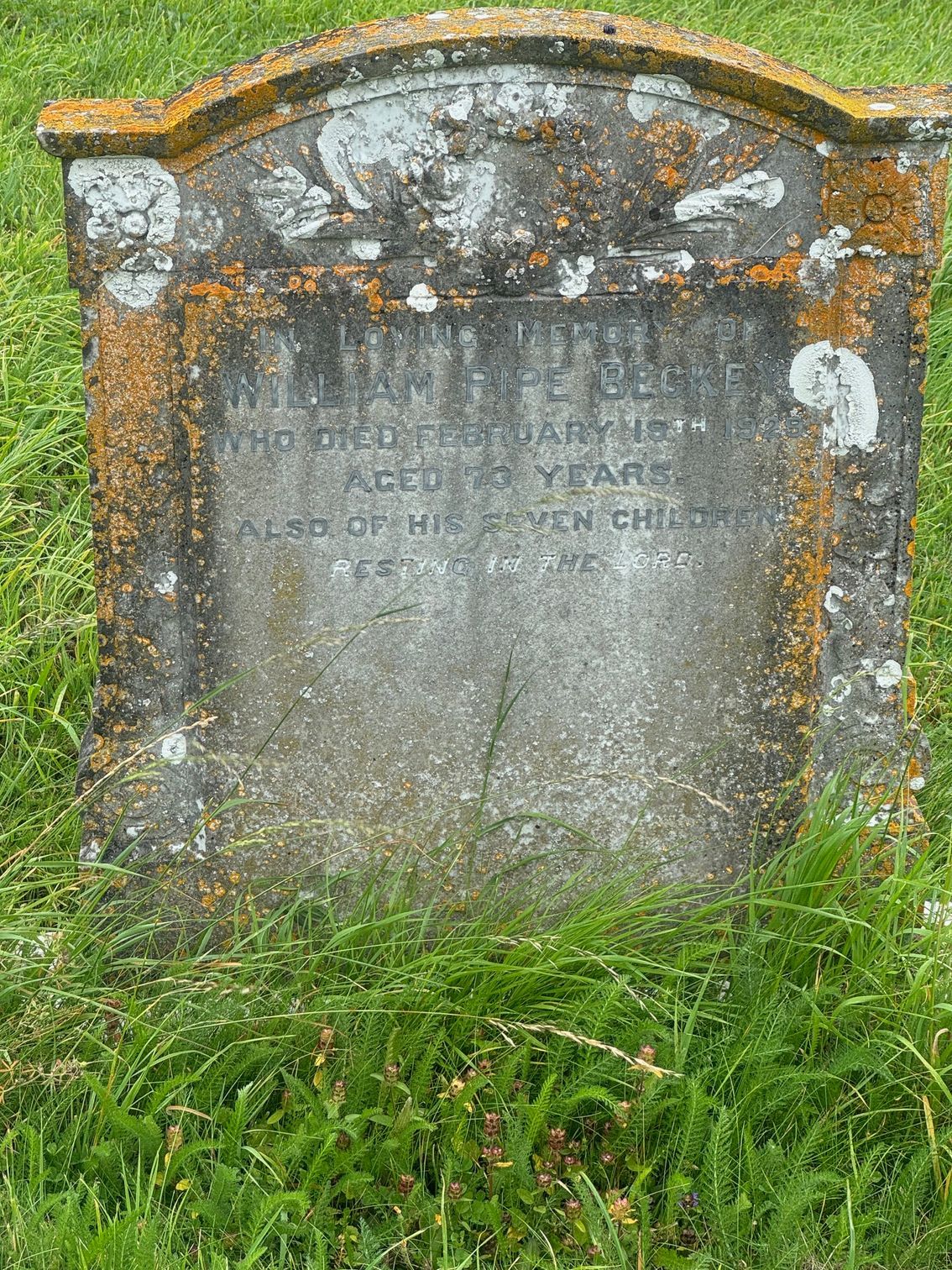The Massacre of Kondomari
If you ever get the opportunity to visit Greece, and its beautiful islands, there is an overwhelming sense of animosity for anyone German from older members of the community. I remember the first time I visited this beautiful nation back in about 1994, and was told not to mention WW2 or to ever say the word “German” as I would most likely be either shoved out of a building, or spat at.
Whether this was true or not - I did not try to find out! – it made me want to learn why these incredibly placid and laid back people would have such virulent hatred to an entire country of people. It does not take much to find out why, and also to work out the reasons that those old enough to remember 1941 and onwards still carry those feelings of bitterness.
I could probably pick anywhere in the Hellenic republic to talk to you about, but in this case I am choosing Crete, the largest of the Greek islands, the most populated and also a very well used holiday destination.
On 20th May 1941, the Battle of Crete began with the landing of around six hundred German paratroopers of the 1st Air Landing Assault Regiment, of these, two thirds were killed by the New Zealand forces stationed there and the Greek forces on the island. Over the next eleven days, the battles raged on with the Germans sending more troops and the native Cretans fighting with whatever they had to hand. When the island finally surrendered on the 31st May (although some reports say it was the 1st June) reprisals against the defenders began.
In Kondomari (also known as Kontamari), 2nd June 1941, inhabitants were all crowded into the village square; men, women, children…age and gender did not matter. Then all the adult men were taken away to a nearby olive grove and executed by firing squad. Whilst the numbers murdered are almost irrelevant, it is the act which is horrifying, the German records say it was twenty three, whereas local estimates are nearer to sixty. This atrocity and war crime orchestrated by Generaloberst Kurt Student may never have come to light if it was not for the official Wehrmacht photographer Franz-Peter Weixler who recorded the entire event – although he was only supposed to immortalise positive Wehrmacht actions, not murderous ones. He was actually imprisoned eventually for passing some of his negatives to the “enemy” to expose what was happening, and was cited as trying to help Cretans escape their punishment. His photos were discovered in 1980, and historians tried to work out the location which was how the massacre of Kondomari was discovered.
As I said, it was not the only location of mass killings, just one day later, Student authorised the reprisal measures to hit a place called Kandanos and in scarily medieval echoes, the German soldiers slaughtered at least one hundred and eighty villagers, killed all the livestock and razed the homes to the ground – also forbidding anyone to return to try and rebuild.
Remember, this is just one small part of what happened to this nation during WW2, and to add insult to injury, Student was charged with mistreatment and murder of prisoners under war crimes but not with the massacres of civilian communities and managed to avoid the harsh sentencing that he should have been due. He was only given a five year prison term, of which he was released twelve months later due to ill health.
It is a shame that the same leniency was not shown to the brave Cretans who tried to protect their island in the face of the huge German war machine.
